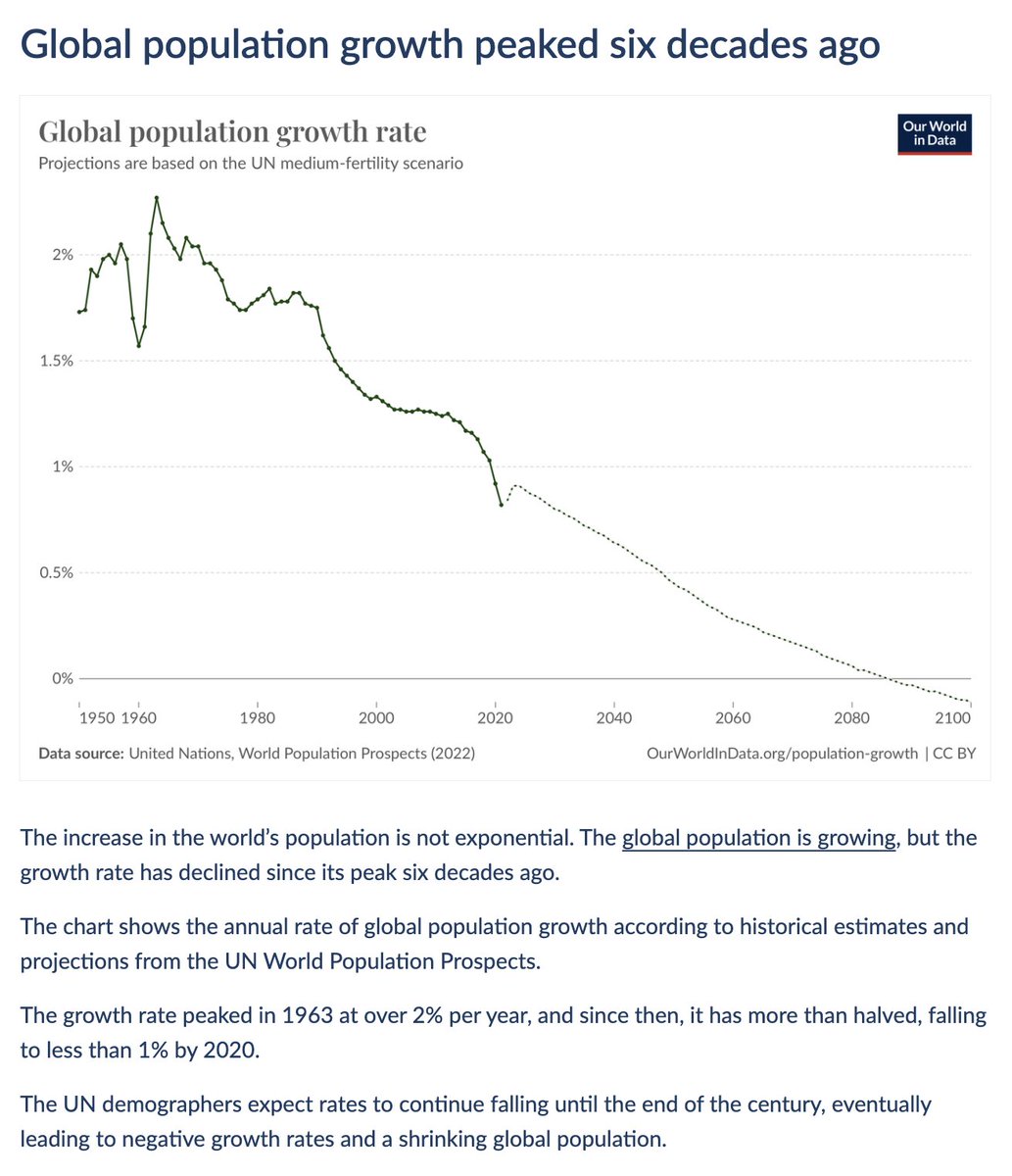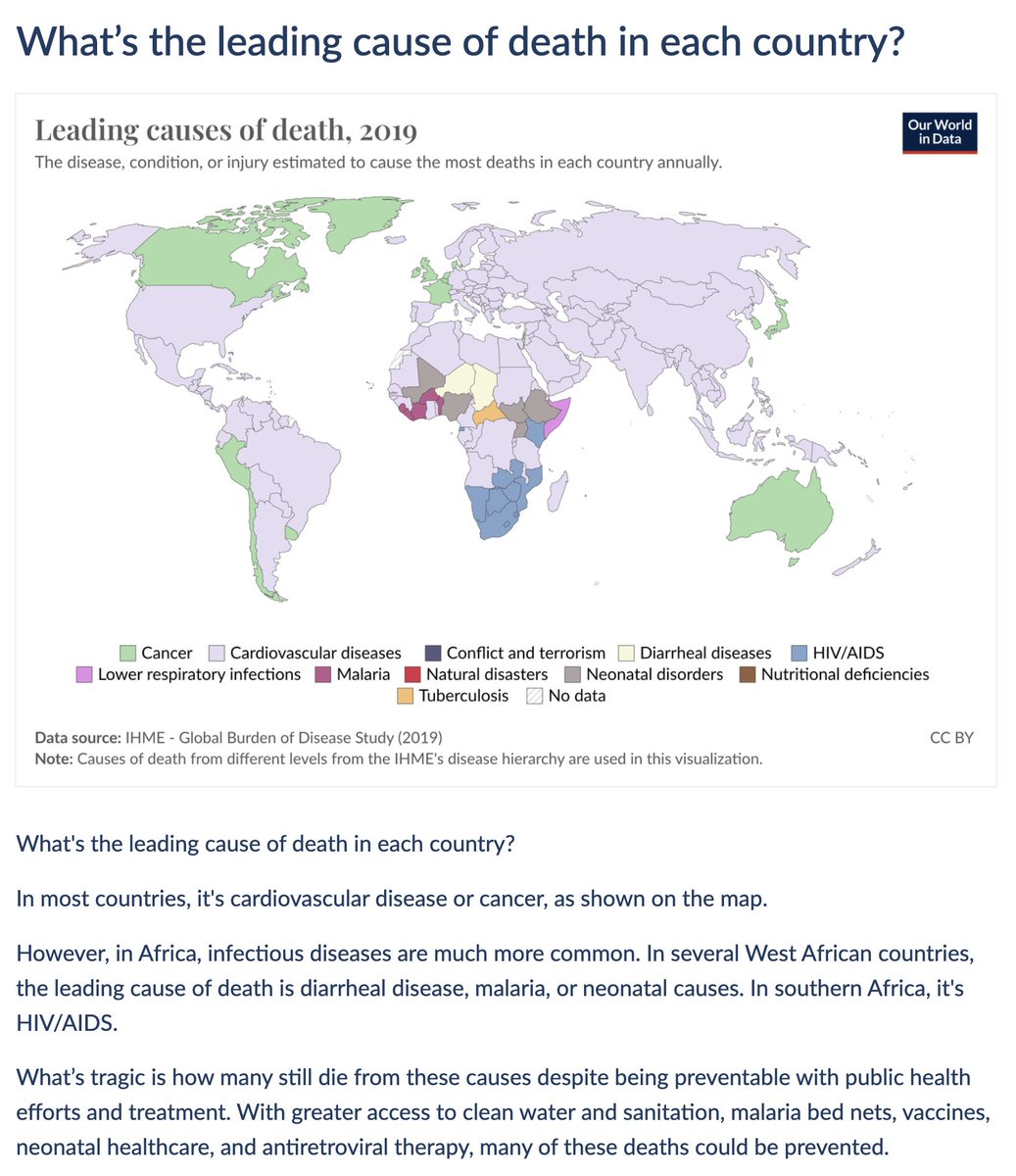
Louise Cormack
@louiseeecormack
PhD student in Economic History at Lund University.
ID: 1776893562786881537
07-04-2024 08:44:26
7 Tweet
18 Followers
63 Following


Global population growth peaked six decades ago Today's data insight is by Esteban Ortiz-Ospina. You can find all of our Data Insights on their dedicated feed: ourworldindata.org/data-insights


The Child Tax Credit likely improved child health and well-being in the short and long run, with greater impacts for poor children, from Anna Aizer, Adriana Lleras-Muney, and Katherine Michelmore nber.org/papers/w32609


New work: Natasha Pilkauskas Katherine Michelmore & N. Kovski show that “2021 CTC reforms improved housing affordability for families with low incomes” & allowed them to ↓ the # residing in hholds & ↓ past-due rent or mortgage. Gerald R. Ford School of Public Policy University of MichiganPoverty UM Population Studies Center @UMich ow.ly/HIUF50SzKv9



And special congratulations to the four researchers at Lund University receiving the grant! We are very proud of Ingrid van Dijk – LUSEM’s very first researcher awarded the ERC Starting Grant for her research into ”relative health”. Learn more: lusem.lu.se/article/erc-st… #ERCStG



